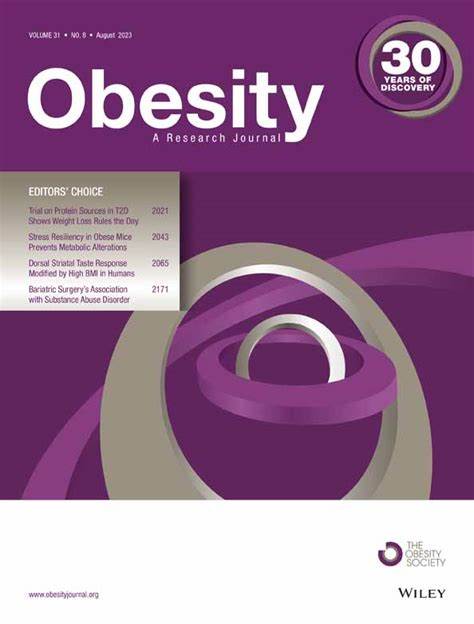LXR regulation of adipose tissue inflammation during obesity is associated with dysregulated macrophage function
Abstract
Objective
Liver X receptors (LXRs) play essential roles in cholesterol homeostasis and immune response. In obesity, elevated cholesterol levels trigger proinflammatory responses; however, the specific contributions of LXRs to adipose tissue (AT) macrophage (ATM) phenotype and metabolic programming are not fully understood. In this study, we determine the role of LXR isoforms in diet-induced obesity AT inflammation and insulin resistance.
Methods
For in vivo studies, to evaluate the effects of LXR activation on AT inflammation, obese and insulin-resistant wild-type mice were treated with 10 mg/kg of the LXR modulator naringenin (NAR) for 4 weeks, and systemic insulin sensitivity and AT inflammation were assessed. To evaluate the effects of LXR deficiency on AT inflammation, we used LXRα, LXRβ, and LXRαβ knockout (KO) mice. For in vitro studies, to assess the role of LXRs specifically in macrophages, bone marrow-derived macrophages from wild-type, LXRαKO, LXRβKO, and LXRαβKO mice were treated with 0.5μM NAR 1 h prior to lipopolysaccharide (LPS) stimulation (100 ng/mL), and the effects on macrophage function and metabolism were evaluated 24 h after LPS stimulation.
Results
We found that LXR deletion intensifies AT inflammation in an LXRβ-dependent manner. LXR deficiency in immune cells exacerbates obesity-induced AT inflammation, increasing the numbers of CD11c+, TNF-α+, and IL-1β+ ATMs. We also identified NAR as a novel LXR agonist in macrophages that reduces proinflammatory cytokine secretion by mitigating glycolysis and mitochondrial dysfunction in LPS - and LPS + IFNγ-activated macrophages. Furthermore, NAR-treated obese mice display reduced AT inflammation, characterized by decreased CD11c+, IL-1β+, and TNF-α+ ATM numbers and monocyte infiltration compared with vehicle-treated obese mice.
Conclusions
Our study highlights distinct roles for each LXR isoform in AT inflammation regulation, with LXRβ being crucial for maintaining the anti- and proinflammatory balance in ATMs. Thus, LXRβ holds therapeutic potential as a target to treat AT inflammation and insulin resistance.

 求助内容:
求助内容: 应助结果提醒方式:
应助结果提醒方式:


